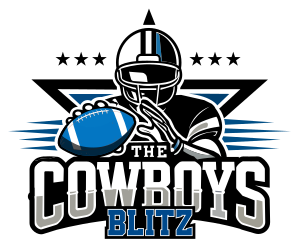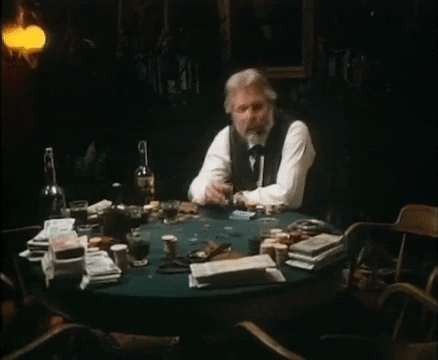aikemirv
Well-Known Member
- Messages
- 16,445
- Reaction score
- 10,043
I did 30 years of Neuro Trauma nursing. Y'all best keep your fingers crossed. This could heal well enough that we could cover his rookie contract and get good service out of him.
I didn't watch the whole bit by the sports doc (only half) but I'll add my thoughts. Each level of the spine has multiple joints allowing flex in your trunk (chest and abdomen areas). There are 26 vertebrae with discs between the individual vertebrae that act as shock absorbers. With Clark one of these burst so the surgeon went in and got the spacing correct then built a bridge (fusion) across the disc from good/stable vertebrae to good/stable vertebrae. Healing time is the time for the bridge to be overgrown by new bone. This bridge can be made out of the patient's own bone (generally the iliac crest) or cadaver bone. Once the bone overgrows the fusion it makes all the joints around the this fusion less flexible to totally immobile.
End result is part of the spinal column loses flex. This will inevitably put new and different stressors above and below the repair job, Something has to pick up the new dynamic forces because instead of flexible joint faces you now have a chunk of immovable bone. In spinal repair surgery we often see these new injuries local to the old injury. In the average joe this may not show up for years. In a finely tuned collision athlete, who knows, start having high speed impacts and see. Backs are fickle.

Given any other profession it sounds like this guy should never have surgery on this. The only thing that bothered him about it as occasional stingers that he probably never gets if he does not play. I understand the decision and I would probably make the same one in his shoes but from what I read from one poster here, the fusion surgery was a regret.
I hope it works out for him well. Maybe he gets a few good years of earnings in for the risk!





